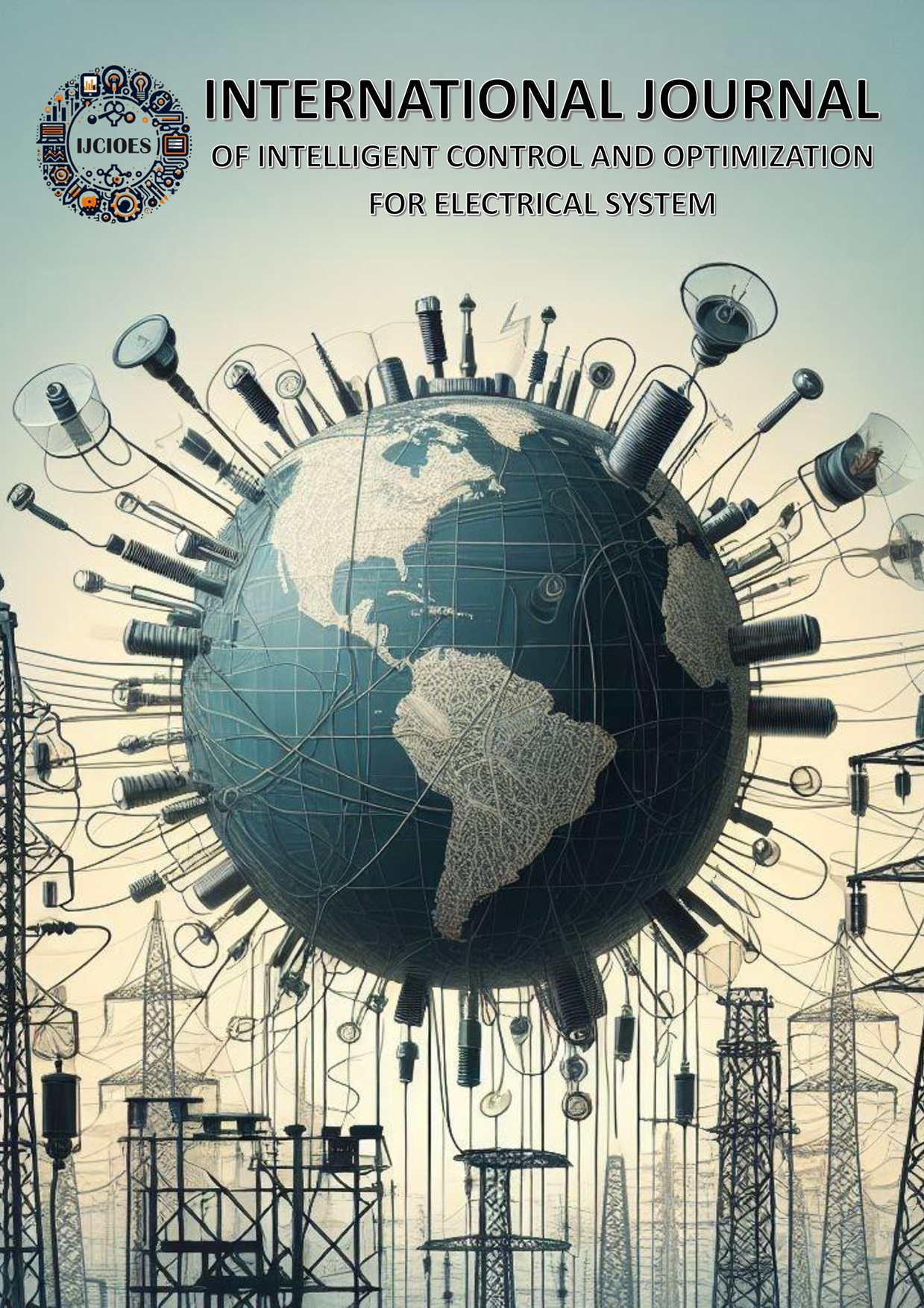Optimising Energy for Automatic Plant Watering Using Dual Axis Solar Tracking
Main Article Content
Abstract
The solar tracker dual axis is a tool designed to optimise the absorption of sunlight by solar cells. This is achieved by using a solar cell placement framework that can follow the movement of the sun. The system employs light-dependent resistor (LDR) sensors to detect sunlight, with the LDR module positioned adjacent to the solar cell surface. Four LDR modules are installed in close proximity to one another for the purpose of detecting light intensity. The tool is driven by two actuators, namely vertical and horizontal actuators, which are powered by the battery and controlled by a 5-volt 4-channel relay. The relay is activated in response to commands from the Arduino, which receives a signal from the LDR module. The findings of the study indicated that the solar tracker solar cell system, or dynamic system, exhibited a higher power generation capacity compared to solar cells without solar trackers or those with a fixed orientation. The test results demonstrate a notable increase in solar cell power, with specific increases observed in the first and second tests, namely 47% and 55%, respectively. The increase in power generated by solar cells affects several aspects, including the position of the solar cell, the intensity of light obtained, temperature, and humidity. The dual-axis solar tracker tool ensures that the position of the solar cell is always facing the sun, thereby increasing power generation and facilitating optimal battery charging. This optimal battery charging can supply electrical energy for water pumps and automatic plant watering on a continuous basis.

